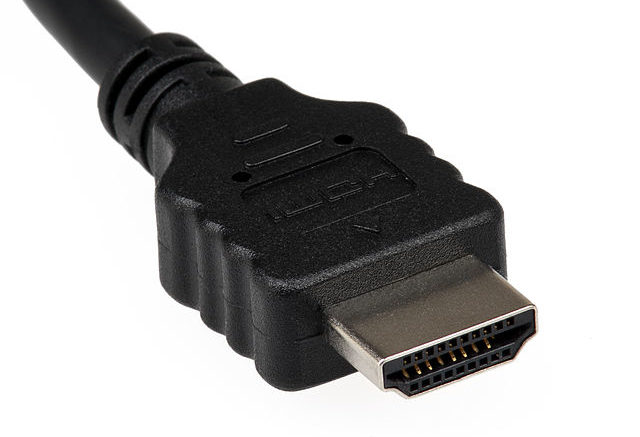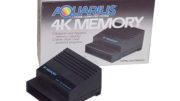If you have a relatively new home theater receiver, sound bar, or 4K TV, you might notice that one of the HDMI ports is labeled eARC. You might have heard of ARC before but now there’s yet another term to consider. Let’s take a look at eARC. I hope that I can help you feel comfortable with this new standard as we move into the future
First, ARC
The ARC standard has been with us for over a decade. ARC stands for Audio Return Channel. It’s a way to use HDMI cables to get sound from one place to another. This is a better option than older audio cables like RCA cables and optical cables. Not only does it support pretty much every audio standard out there, but it tends to be more reliable out there in the field.
The most common use of ARC is to get audio from the TV to a sound bar or home theater receiver. More and more, we’re seeing very simple home theater setups. Unlike the 1980s, when the goal was to have as many discrete components as possible, today’s setups are all about simplicity. With the right smart TV, you can have all the apps you want in one device.
Unfortunately, there is literally no TV on the market that I know of that has good sound. Some have better sound than others, but by and large they all stink. The easiest thing to do is to add a sound bar which will provide better audio and still give you a clean installation.
In the past, this would mean running an optical cable. Optical cables don’t do a good job with surround sound. They don’t support anything but 5.1 audio. So, clearly there needed to be a better way. Using an HDMI cable gives you the ability to use pretty much any audio standard including Dolby Atmos. And, it’s easy to install, as I point out in this tutorial.
Now, eARC
eARC, or Enhanced Audio Return Channel, is the next generation of ARC. I’d say for most people it’s more about futureproofing. eARC supports less compression which should theoretically mean better sound. I’m not sure that you can really hear the difference today unless you have a really high-end system, but perhaps future systems will make it more obvious.
eARC works just like ARC but it requires a little better cable. You’ll need a high speed cable with Ethernet, but luckily these are inexpensive. My own experiences have led me to recommend throwing out all old HDMI cables, and when you do you should replace them with newer ones that have this capability. You’ll be amazed by the kind of problems they solve.
In the future, eARC should also replace the old HDMI-CEC standard, otherwise known as Anynet+, HDMI Control, and a lot of other manufacturer specific terms. HDMI-CEC aimed to make it easy for people to use their devices by allowing one device to control another one for power, input, and volume. The problem is, it doesn’t work very well. eARC could completely replace HDMI-CEC by allowing one device to control another over Ethernet through the HDMI cable. This might be more reliable and allow for even more control.
It’s about the future
eARC is all about future compatibility. It’s still very new, so new that you probably haven’t seen it unless you bought equipment in 2020 or later. But there’s every reason to believe it will be in every piece of equipment you use in the next couple of years. In the meantime, eARC will work just like ARC and older equipment that supports ARC will work just fine with eARC.
Hopefully manufacturers will continue to innovate and make eARC the one-cable solution we all want.





